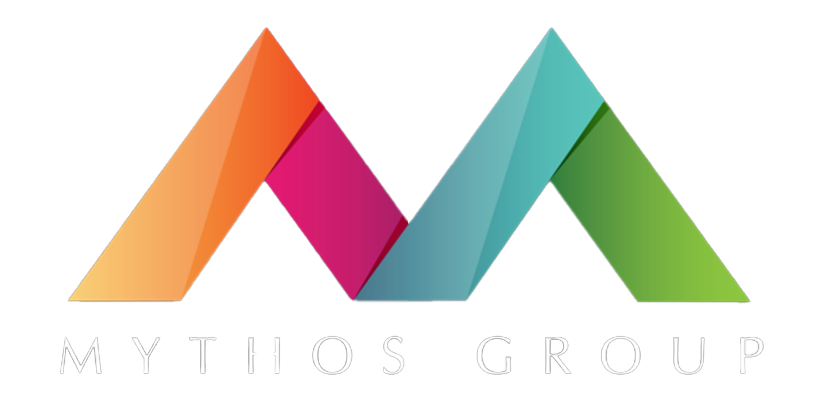The Pitfalls Of Groupthink In Corporate America
In the corporate world, decision-making is crucial. Making effective strategic decisions is one of the most important aspects of running a successful business. From product launches to company policies, decisions are at the forefront. Teamwork and decision-making are skills every business leader needs to have in their arsenal.
Yet, the very processes designed to facilitate decision-making can sometimes fall prey to a phenomenon known as groupthink. Groupthink is a psychological occurrence where the desire for harmony in a group results in irrational decision-making. Key players may silence themselves or be silenced in order to prevent disagreement, which can lead to poor decision-making.
While it aims to reduce conflict and foster unity, it can stifle creativity, leading to ill-made decisions and undesirable outcomes. Understanding and addressing groupthink is essential for maintaining a dynamic and effective workplace.
What Is Groupthink?
Groupthink occurs when a group prioritizes consensus over the quality of the decision. It was first coined by a social psychologist, Irving Janis, in 1972. While studying psychological pressures that occur within groups, he identified eight symptoms of groupthink.
These symptoms include the following.
- Illusions of invulnerability: The group is over-optimistic and takes ill-advised risks.
- Collective rationalization: Members discount warnings.
- Belief in inherent morality: The group falsely believes there are no moral implications to their decision.
- Stereotyping outsiders: Members see outsiders are inherently “wrong” and don’t consider their opinions.
- Pressure to conform: Members feel pressured to go along with the group
- Self-censorship: Members don’t speak up out due to self-doubt or fear of retaliation from the group.
- Illusions of unanimity: Majority opinions are assumed to be unanimous, even if that isn’t so.
- Mindguards: Certain group members protect the group from dissenting information.
In essence, groupthink leads to a situation where critical thinking is sacrificed for the sake of group cohesion.
This phenomenon often emerges in highly cohesive groups where there is strong leadership, high stress from external threats, and insulation from outside opinions. In these environments, dissenting voices are either suppressed or self-censored, leading to decisions that may not be that overlook potential risks and alternatives.
The Difference Between Groupthink And Design Thinking
While groupthink hinders creativity and effective decision-making, design thinking represents an antidote to this problem. Design thinking is a human-centered approach to problem-solving that encourages a collaborative and open-minded process. It involves five key phases: empathize, define, ideate, prototype, and test.
Unlike groupthink, where conformity is emphasized, design thinking values diverse perspectives and fosters an environment where questioning and critical thinking are encouraged. It is a process that welcomes feedback and innovative improvements, which stands in stark contrast to the rigid and uniform decision-making often seen in groupthink scenarios.
Design thinking teams are encouraged to challenge assumptions and explore a wide range of ideas before converging on a solution, which can lead to more innovative and effective outcomes. Conversely, groupthink relies on conformity over creativity, which can lead to poor decision-making.
How Groupthink Limits Creativity And Productivity
Groupthink can severely limit creativity and productivity in several ways, including the following.
- Reduced Innovation: When team members are discouraged from presenting unique ideas, innovation is stifled. The pressure to conform leads to a reliance on traditional methods and solutions, which may not be the most effective.
- Poor Decision-Making: Without critical analysis and diverse viewpoints, decisions are often made without fully exploring potential risks and benefits. This can result in subpar outcomes that could have been avoided with more thorough discussions.
- Low Morale: When employees feel that their opinions are not valued or that they cannot express dissenting views, morale can suffer. This can lead to disengagement and a lack of motivation, further impacting productivity.
- Missed Opportunities: The lack of diverse perspectives means that opportunities for improvement or innovation can be overlooked. This can put a company at a significant disadvantage.
How To Combat Groupthink At Work
Combating groupthink requires intentional strategies and a careful curation of culture that values diversity of thought. The following approaches can combat groupthink in the workplace.
- Encourage Open Dialogue: Foster an environment where team members feel safe expressing their opinions, even if they are against the majority view. This can be achieved through regular brainstorming sessions and encouraging questions.
- Appoint a Devil’s Advocate: Designate someone to challenge ideas presented by the group intentionally. This role helps the team look at every angle and spot potential issues while ensuring that different perspectives are considered.
- Promote Diverse Teams: Build teams with diverse backgrounds, experiences, and perspectives. Diverse teams are less likely to fall into the trap of groupthink as they naturally bring a wider range of viewpoints to the table.
- Implement Structured Decision-Making Processes: Use structured techniques like the Delphi method, where team members provide input independently and anonymously, reducing the influence of dominant voices and promoting a more balanced discussion.
- Provide Training: Educate employees about the dangers of groupthink and train them in techniques to promote critical thinking and effective decision-making.
Implement Strategies To Avoid Groupthink Today
To avoid the pitfalls of groupthink, companies must be proactive in implementing strategies that encourage critical thinking and diverse viewpoints. The following actionable steps can serve as checks for groupthink in your organization.
- Regularly Rotate Leadership: Changing leadership roles within project teams can prevent the formation of a dominant opinion and encourage different perspectives.
- Create a Culture of Feedback: Encourage continuous feedback from all levels of the organization. This not only helps in combating groupthink but also promotes a culture of continuous improvement.
- Use Anonymous Input Tools: Tools that allow anonymous input can help gather honest opinions and ideas without the fear of judgment or repercussion.
- Evaluate Decisions Post-Implementation: Regularly review and analyze decisions after they have been implemented to learn from outcomes. This can provide valuable insights into the decision-making process and highlight areas for improvement.
- Facilitate Cross-Departmental Collaboration: Encourage collaboration between different departments. This can bring in fresh perspectives and prevent insulated thinking.
Eliminate Groupthink In Your Organization Today
Groupthink poses a significant threat to creativity, productivity, and effective decision-making in corporate America. By understanding what groupthink is, companies can take steps to foster a culture that values diversity of thought and critical analysis. Implementing strategies to combat groupthink, such as encouraging open dialogue, promoting diverse teams, and using structured decision-making processes, can help organizations avoid the pitfalls of groupthink and drive innovation and success.
Mythos Group has a strong understanding of how to avoid groupthink in corporate work environments. Contact us today for a consultation!







